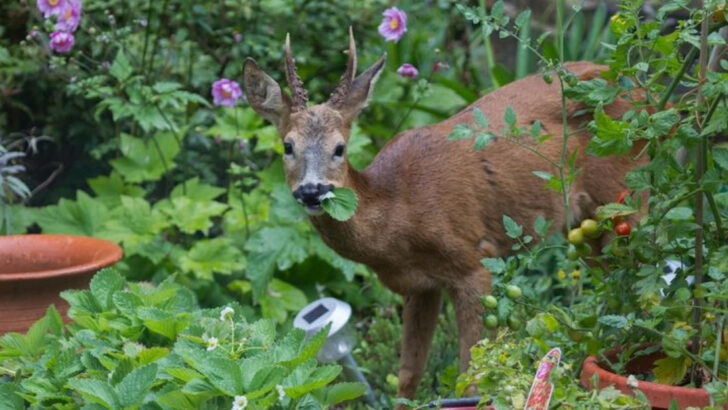That cute raccoon waddling through your yard?
It’s not there to say hi—it’s casing the joint.
Backyards are full of wild visitors, and every scratch, hole, or pile of feathers tells a story.
But most of us are getting it completely wrong.
We see burrows and blame the dog, or hear chirps and think it’s “just birds.”
Meanwhile, nature is throwing clues at us like it’s a mystery novel with muddy paw prints.
That “mud” near the porch? Not mud.
Those “ants” by the feeder? Not ants.
And that weird trilling at night? You might want to listen more closely.
Let’s decode the signs, bust the myths, and learn what’s really going on right outside your door.
Because when wildlife talks, it’s never small talk.
Mysterious Dirt Mounds
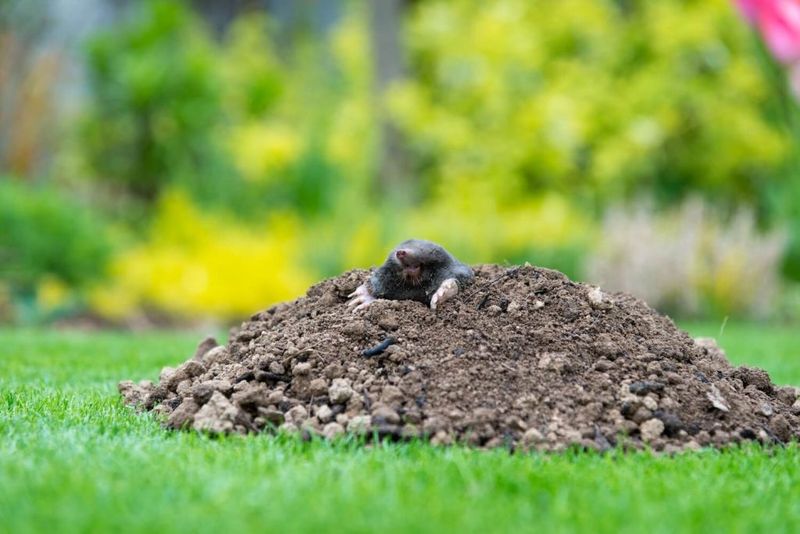
Ever stumble upon seemingly random small dirt mounds in your backyard? These are often signs of moles, not voles. Moles create mounds as they dig tunnels searching for insects. Unlike voles, which create surface runways, moles leave behind hills of displaced soil.
Don’t be alarmed; moles are actually beneficial. They aerate the soil and control insect populations. While they might disrupt your lawn’s appearance, their presence indicates a thriving ecosystem below your feet.
Consider this: your backyard’s imperfections are evidence of nature’s intricate balance at work. Embrace the unexpected visitors beneath your turf.
Chewed Leaves
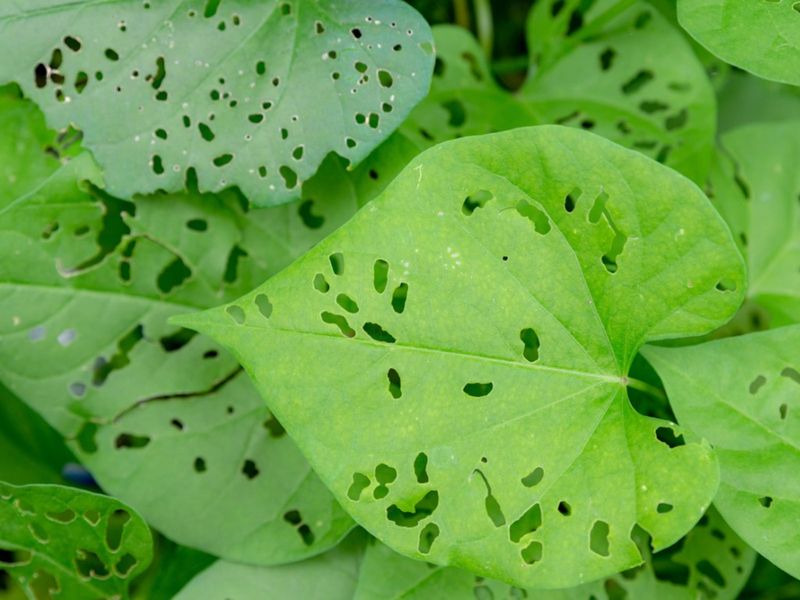
Finding leaves with bite marks can spark concern, but not all chewers are pests. Many insects, like caterpillars, play a vital role in the food web. Birds rely on these insects to feed their young, maintaining a balanced ecosystem in your yard.
Instead of reaching for pesticides, take a closer look. You might discover caterpillars that transform into beautiful butterflies or moths. Accepting some leaf damage can promote biodiversity.
Remember, your backyard is a sanctuary for numerous creatures. By supporting these tiny inhabitants, you contribute to a healthier, more vibrant environment.
Scattered Feathers
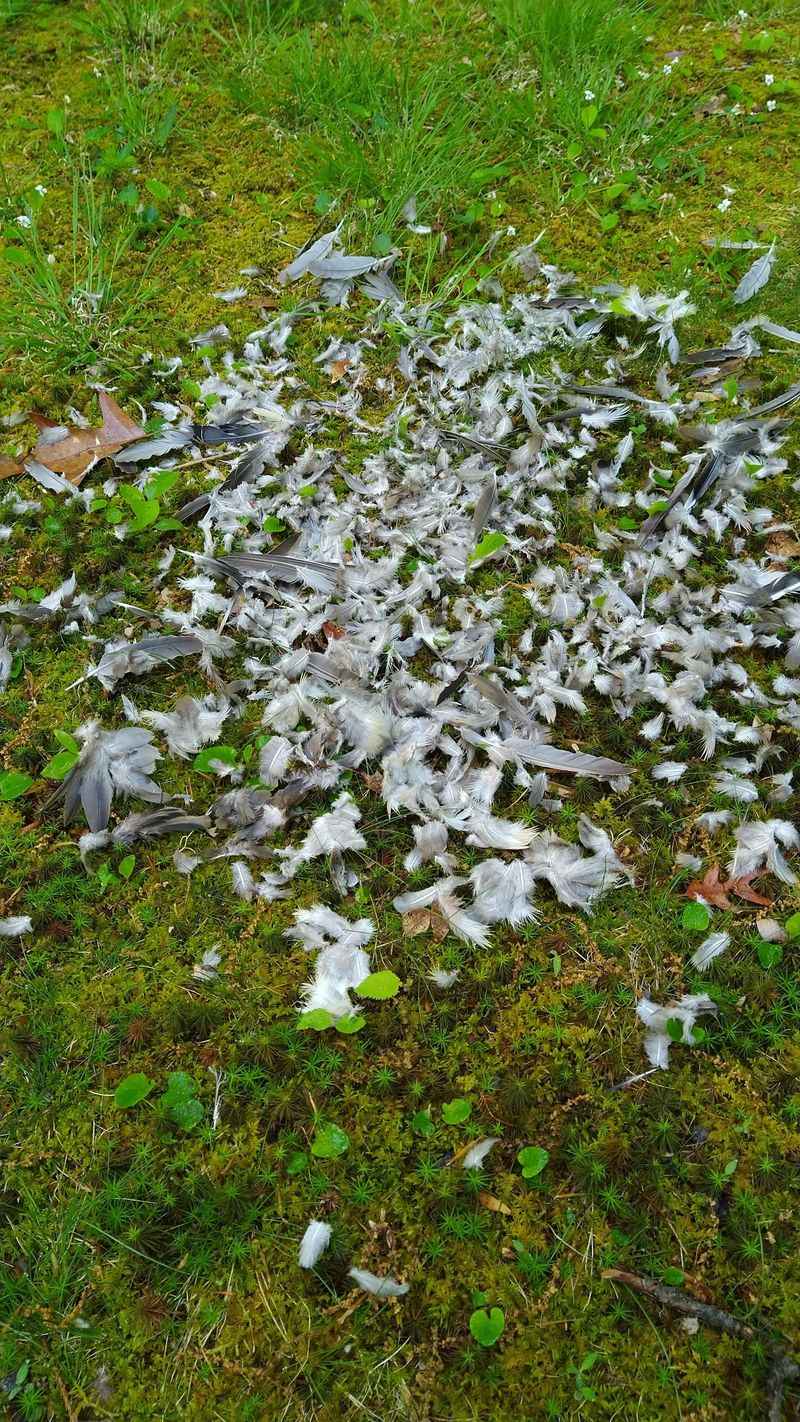
A patch of scattered feathers might suggest a dramatic predator-prey encounter, but often it’s simply a sign of natural molting. Birds shed old feathers to make way for new ones, ensuring they can fly efficiently.
Feathers can also indicate territorial disputes or preening sessions. Consider the vibrant colors and sizes; they’re clues to the bird species frequenting your yard.
Take a moment to appreciate these feathers. They’re evidence of your backyard providing a haven for birds to thrive, court, and raise their young.
Holes in the Lawn
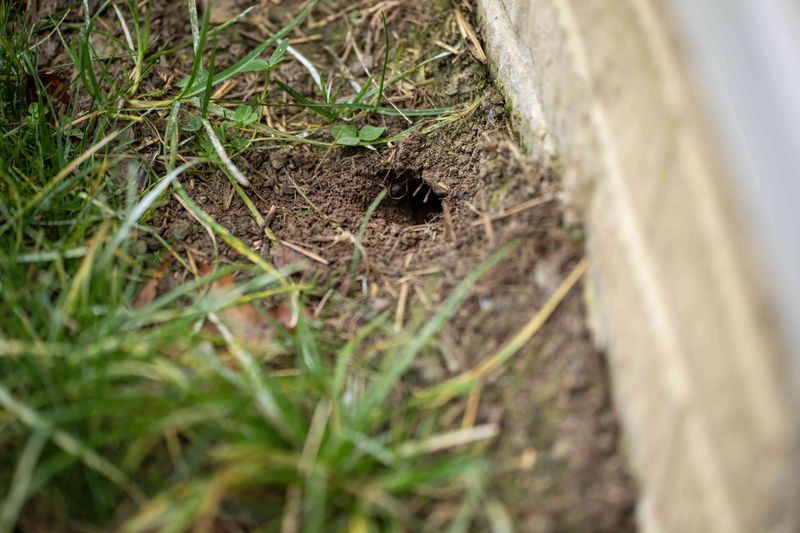
Have you noticed tiny holes dotted throughout your lawn? They’re likely not signs of mischievous dogs but rather squirrels or birds hunting for insects and seeds. These creatures aerate your lawn naturally, promoting healthy grass growth.
Such activity indicates a robust ecosystem where wildlife finds abundant resources. Instead of viewing these holes as nuisances, appreciate them as nature’s gardening efforts.
By understanding this behavior, you can embrace the wildlife’s role in maintaining your backyard’s health and vitality.
Mysterious Noises at Night
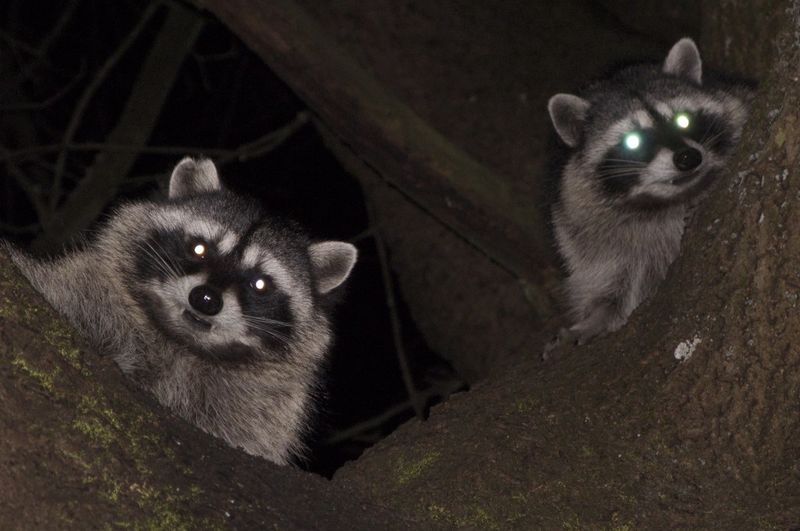
Eerie sounds echoing through the night can be unsettling, but they’re often just the lively conversations of nocturnal animals. Owls, raccoons, and even frogs add to the nighttime symphony.
These noises suggest a thriving night ecosystem where creatures forage, hunt, and communicate. Such diversity is a sign of a healthy environment.
Next time you hear mysterious rustling or hooting, remember it’s just another facet of your backyard’s vibrant nightlife coming alive.
Trampled Plants
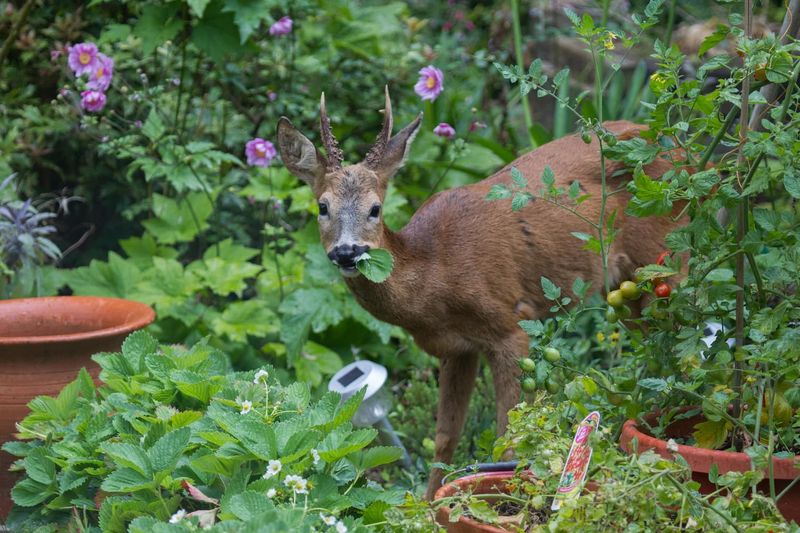
If you find your garden plants trampled, the culprits might be deer or raccoons rather than careless neighbors. These animals are often just passing through, searching for food or water.
Their presence indicates your garden is part of a larger wildlife corridor. This connectivity allows animals to move safely between habitats.
While it might be frustrating, consider this an opportunity to coexist with wildlife. Simple measures like garden fencing can protect your plants while allowing these animals to roam.
Odd Smells
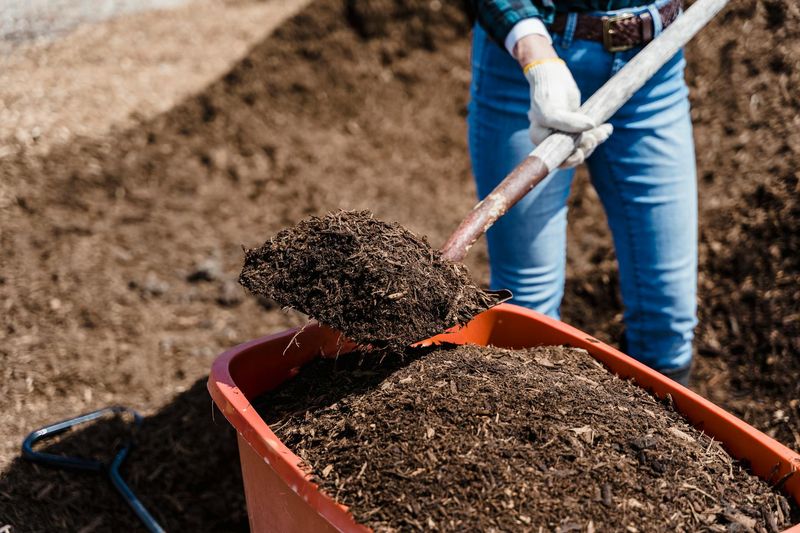
An unexpected whiff of an odd smell can be puzzling, but it’s usually nature at work. Decomposing organic matter, like fallen leaves or animal droppings, contributes to soil fertility.
These smells are signs of a dynamic ecosystem cycling nutrients. It might be surprising, but decomposition is vital for new growth, breaking down materials and enriching the earth.
Embrace the aroma as a reminder of nature’s cycles and the hidden processes that sustain life in your backyard.
Unusual Bird Songs
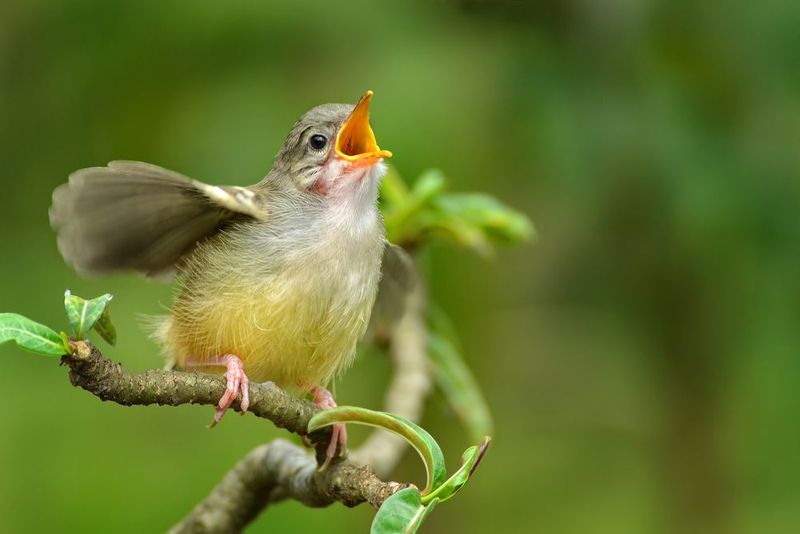
Birdsong can be a delightful morning greeting, but sometimes you might hear unfamiliar tunes. This could mean migrating birds have made a pitstop in your yard.
Each song is a message, whether it’s a mating call or a territorial warning. These vocalizations indicate a lively avian community and demonstrate your backyard’s importance in their migratory journey.
Listen closely—each note is a testament to the diverse birdlife enriched by your local habitat.
Strange Tracks
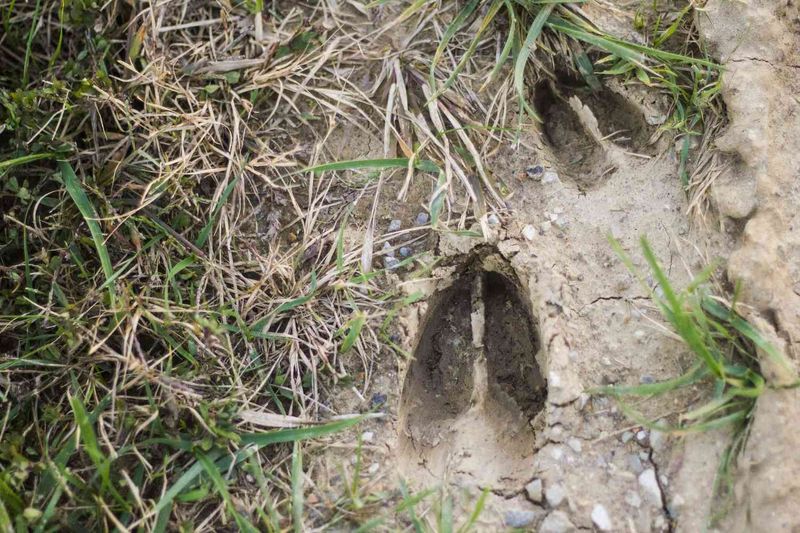
Spotting unusual tracks in the mud can be exciting. They reveal the hidden paths of creatures like raccoons, deer, or even coyotes. Each track tells a story of survival and adaptation in the urban landscape.
Learning to identify these tracks connects you to the secret lives of your wild neighbors. It provides insights into their behaviors and movements.
Consider these tracks as nature’s footprints, evidence of the vibrant and ever-changing world that unfolds when we’re not watching.
Spider Webs Everywhere
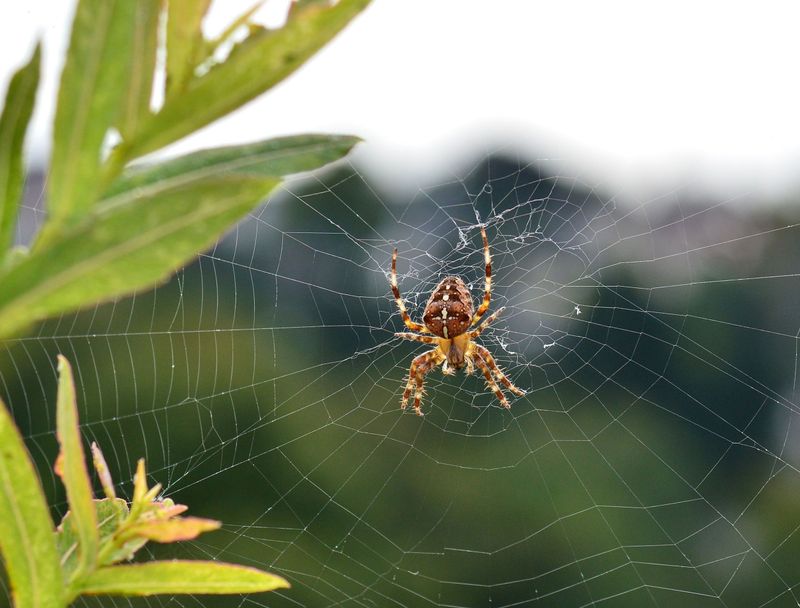
Finding spider webs throughout your garden might seem eerie, but these arachnids are vital pest controllers. Spiders maintain balance by preying on insects, preventing overpopulation.
Their webs, often artistically spun, highlight their role in your garden’s ecosystem. These creations also reflect a healthy insect population, which supports various wildlife.
Embrace the webs as a sign of your backyard’s bustling microcosm, where even the smallest creatures contribute to ecological harmony.
Fallen Branches
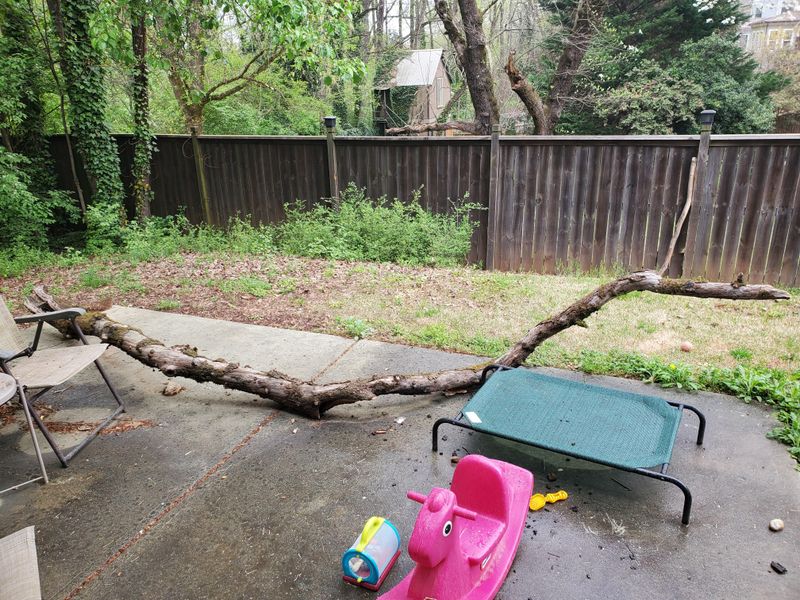
Finding fallen branches doesn’t necessarily mean a storm passed through. Sometimes, squirrels or birds break them off to use in nest-building.
These branches are resources for creative construction, aiding in the shelter and protection of young wildlife. Their presence signifies your backyard’s contribution to nurturing future generations.
Next time you see these branches, think of them as building blocks for wildlife’s next chapter, rather than merely yard debris.
Holes in Trees
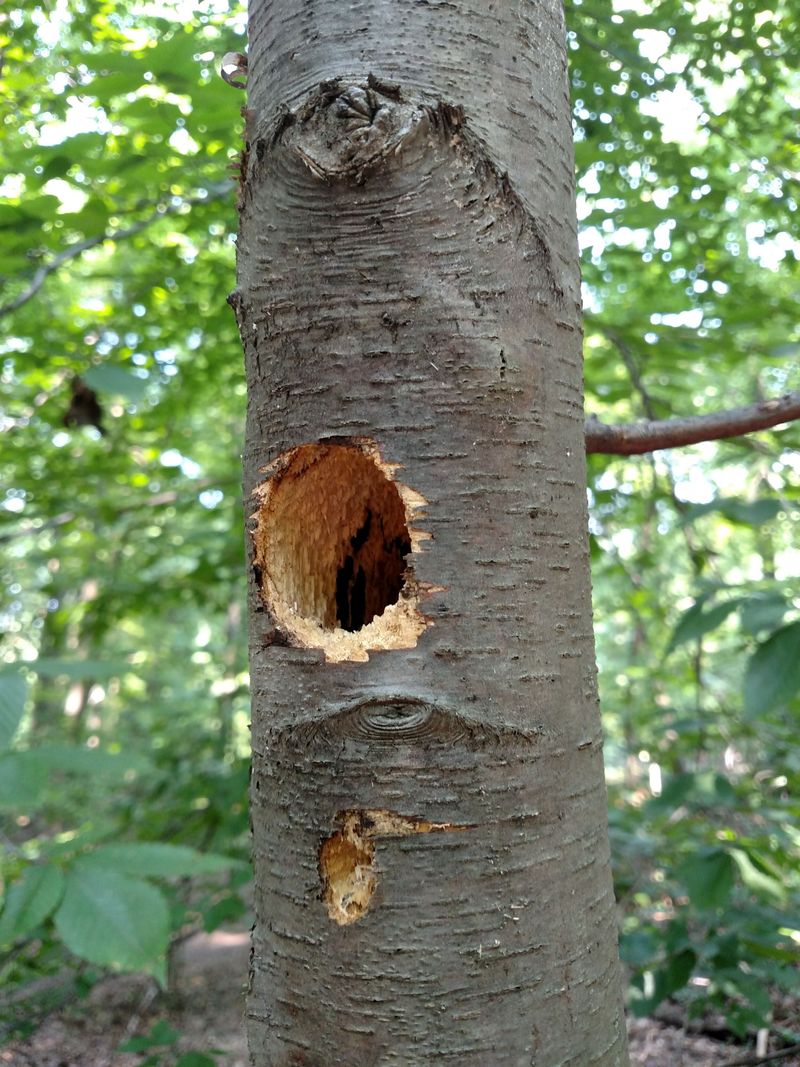
Holes in tree trunks might look concerning, but they’re often created by woodpeckers searching for insects. These birds help manage pest populations and their pecking sounds are part of the natural soundtrack.
Such activity indicates a thriving insect community within the tree, essential for the ecological balance. Woodpeckers play a crucial role in maintaining this balance.
View these holes as nature’s way of recycling and renewing, ensuring a healthy ecosystem right in your backyard.
Gnawed Bark
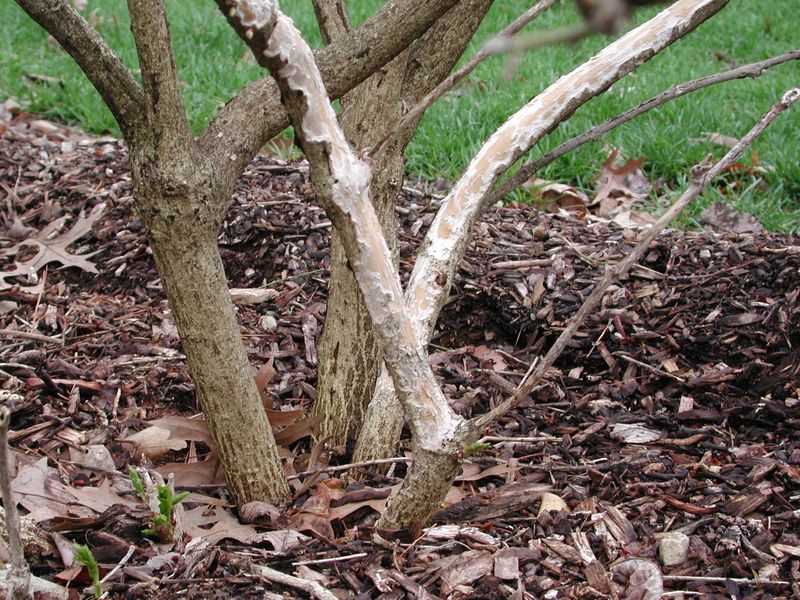
Bark with gnaw marks often points to rabbits or deer nibbling on it for nutrients in winter. While it seems harmful, this behavior is a natural adaptation to scarce resources.
Such feeding habits are vital for these animals’ survival, indicating a rich biodiversity. It also shows your backyard’s role in supporting wildlife during harsh seasons.
Recognize these marks as signs of resourcefulness and survival in nature’s ongoing story.
Unkempt Grass Patches
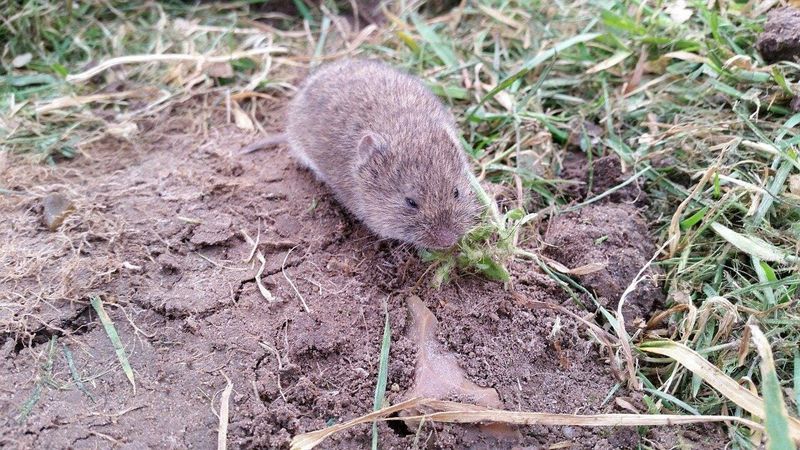
Uneven grass patches might look untidy, but they’re often signs of burrowing animals like voles or shrews. These creatures create intricate tunnels, aerating the soil and promoting plant health.
Their presence suggests a well-functioning ecosystem where underground networks thrive, supporting above-ground life. These patches are a testament to your backyard’s vitality.
Appreciate the wild beauty and the unseen life that contributes to the greenness of your lawn.
Pile of Nuts
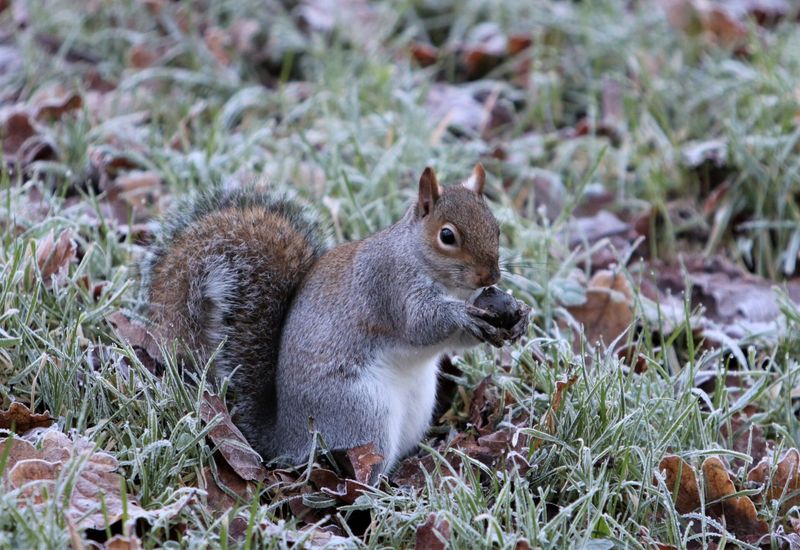
A random pile of nuts might seem odd, but it’s likely a squirrel’s hidden stash. These industrious creatures gather and bury nuts for winter, showcasing their planning skills.
This behavior indicates a healthy tree population nearby, providing food and habitat. It’s a glimpse into the survival tactics and foresight of your backyard inhabitants.
Next time you find such a pile, marvel at the resourcefulness and foresight embedded in these tiny treasures.
Bubbling Water Puddles

Bubbling water puddles might seem like a plumbing issue, but they’re often caused by underground tunnels. Air pockets from animals like moles or gophers create these bubbles.
Such phenomena are signs of an active subterranean world, where life flourishes unseen. These bubbles are reminders of the intricate ecosystems that lie beneath our feet.
Consider them not as nuisances but as evidence of a dynamic and interconnected natural world.

